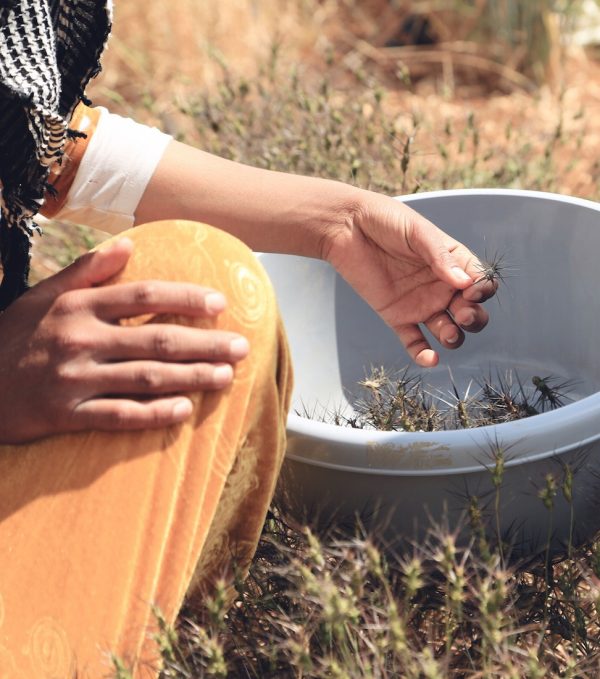Conservation is the primary reason genebanks exists.

The Conservation module has two objectives:
- Sustain core genebank operations and ensure germplasm is secure and available.
- Improve genebank operations and management.
These objectives are underpinned by day-to-day activities in the genebanks that run the gamut from acquisition and processing of germplasm to safety duplication and distribution of samples, and include management of all the information generated by these and other activities.
The need for conservation
Crop diversity is essential to prepare agriculture for changing conditions. Because so much of that diversity is vulnerable and threatened in the field or in the wild, it must be conserved in order to be available to those who need it. Genebanks fulfill the need for so-called ex situ conservation.
The Conservation module supports the core activities of the genebanks, which underpin the security of the collections and, by extension, their use.
In addition, the Conservation module helps genebanks to increase the crop diversity they can take care of at the same time controlling the costs of conservation. This improves the long-term sustainability and efficiency of the genebanks. The Conservation module includes three research topics:
Efficiency
There are many areas in which CGIAR genebanks can continue to pursue efficiency. These range from the adoption of shared data management tools, such as GRIN-Global, to putting in place new equipment and streamlined processes. Improving methods and protocols through research on seed longevity and on cryopreservation also improves efficiency.










